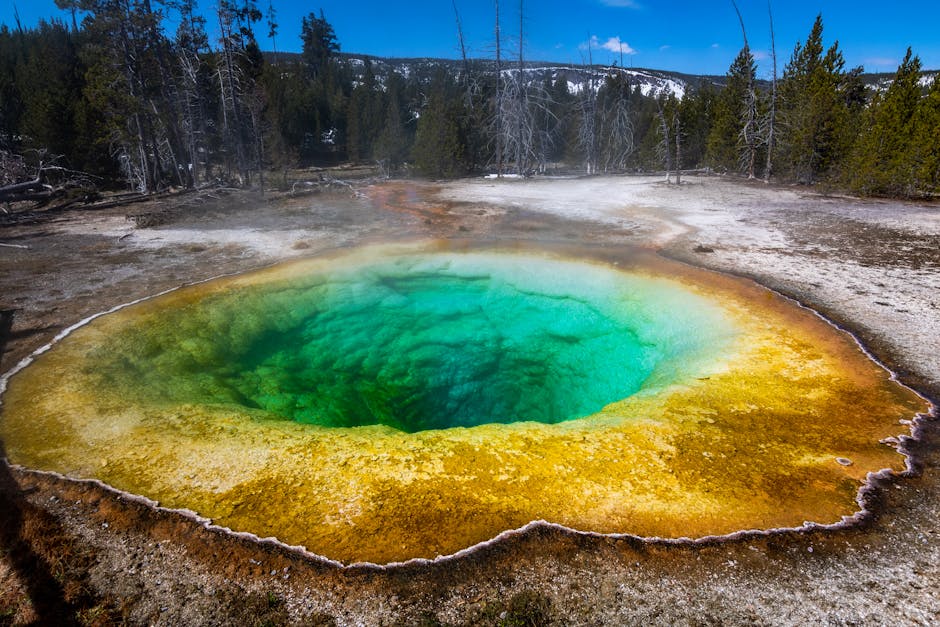Stamped concrete pool decks have become increasingly popular due to their aesthetic appeal and versatility. These decks can mimic the look of more expensive materials such as stone, brick, or wood, offering homeowners a cost-effective way to achieve a luxurious appearance. Stamped concrete is created by pressing molds into freshly poured concrete, which can then be colored and textured to match a variety of designs.
However, like any other material, stamped concrete pool decks are not without their challenges. Common problems with stamped concrete pool decks can detract from their beauty and functionality if not properly addressed. Understanding these issues and knowing how to prevent or fix them can help you maintain a beautiful and durable pool area.
If you’re considering a stamped concrete pool deck for your home, or if you are already experiencing issues with your existing deck, our team at A & P Concrete Construction can help. With years of experience in the industry, we specialize in creating and maintaining stunning, long-lasting concrete surfaces. Send us a message or visit our website to learn more.
Cracking Issues in Stamped Concrete

One of the most common problems with stamped concrete pool decks is cracking. Cracks can develop due to various reasons, including improper installation, lack of control joints, and natural settling of the ground. These cracks not only affect the aesthetic appeal of your pool deck but can also pose safety hazards.
Improper installation is a significant factor contributing to cracking. If the concrete mix is not prepared correctly or if the stamping process is rushed, the material may not cure properly, leading to weak spots that are prone to cracking. Additionally, failing to incorporate adequate control joints—planned cracks that allow for expansion and contraction—can make the deck more susceptible to random cracking.
Natural settling of the ground beneath the concrete can also cause cracks. As the soil shifts over time, it can create voids under the deck, leading to uneven support and subsequent cracking. To minimize this risk, it is essential to ensure that the ground is properly compacted before pouring the concrete.
Addressing cracking issues involves a combination of preventive measures and repairs. Proper installation by experienced professionals can significantly reduce the likelihood of cracking. If cracks do appear, they can often be repaired using specialized fillers and sealants designed for concrete surfaces. Regular maintenance, including sealing the surface, can also help protect your stamped concrete pool deck from further damage.
Fading and Discoloration Problems

Fading and discoloration are common problems with stamped concrete pool decks that can detract from their overall appearance. These issues often arise due to prolonged exposure to sunlight, the use of improper sealants, and the effects of chemicals used in pool maintenance.
Prolonged exposure to UV rays can cause the color of stamped concrete to fade over time. This is particularly noticeable in lighter shades, which can become dull and less vibrant. The sun’s UV rays can break down the pigments in the concrete, leading to a loss of color intensity. To mitigate this, it is crucial to use UV-resistant sealants that can help protect the surface from sun damage.
The use of improper or low-quality sealants can also contribute to fading and discoloration. Sealants are designed to protect the surface and enhance its appearance, but if they are not applied correctly or are of poor quality, they can deteriorate quickly. This not only fails to prevent fading but can also lead to uneven coloration. Regularly reapplying a high-quality sealant can help maintain the color and finish of your stamped concrete pool deck.
Chemicals used in pool maintenance, such as chlorine, can also cause discoloration over time. These chemicals can react with the pigments in the concrete, leading to spots and uneven coloring. To prevent this, it is important to clean the pool deck regularly and rinse off any chemical residues. Using a pH-neutral cleaner can also help protect the surface from chemical damage.
By taking these preventive measures and performing regular maintenance, you can keep your stamped concrete pool deck looking vibrant and well-maintained for years to come.
Maintenance Challenges with Stamped Concrete
While stamped concrete pool decks offer aesthetic appeal and durability, they also come with their own set of maintenance challenges. Proper upkeep is essential to ensure the longevity and appearance of your pool deck.
One of the primary maintenance challenges is sealing. Stamped concrete requires regular sealing to protect it from water, chemicals, and UV rays. Without a proper sealant, the surface can become vulnerable to stains, fading, and even structural damage. It is recommended to apply a high-quality sealant every 2 to 3 years to maintain the deck’s integrity and appearance.
Another challenge is cleaning. Stamped concrete surfaces can accumulate dirt, algae, and other debris, especially in the textured areas. Regular cleaning is necessary to prevent slips and maintain a fresh look. Using a pressure washer can be effective, but it must be done carefully to avoid damaging the surface. For routine cleaning, a pH-neutral cleaner is advised to prevent any chemical reactions that could harm the concrete.
Repairing cracks and chips is also a part of maintenance. Despite being durable, stamped concrete can develop cracks over time due to temperature changes, ground movement, or heavy usage. Small cracks should be addressed promptly using concrete filler or a patching compound to prevent them from expanding and causing more significant issues.
Lastly, dealing with efflorescence is a common maintenance issue. This is a white, powdery residue that can appear on the surface of stamped concrete due to water migrating through the concrete and bringing soluble salts to the surface. To remove efflorescence, a mild acid wash or specialized efflorescence cleaner can be used.
By staying on top of these maintenance tasks, you can ensure that your stamped concrete pool deck remains in excellent condition, providing both beauty and functionality for years.
Slippery Surface Concerns

A significant concern with stamped concrete pool decks is the potential for a slippery surface. This is especially crucial in a pool area where water is frequently present, posing a safety risk for both children and adults.
The main reason for this concern is the smooth finish that can sometimes result from the stamping process. When water accumulates on the surface, it can create a slippery condition that increases the likelihood of slips and falls. Fortunately, there are several ways to mitigate this issue.
One effective method is to add a non-slip additive to the sealant. These additives, often made from fine aggregates like silica sand or polymer beads, create a textured surface that enhances traction. When mixed with the sealant, they provide an extra layer of grip without compromising the aesthetic appeal of the stamped concrete.
Another approach is to use a broom finish in high-traffic areas. This involves dragging a broom over the surface before it fully sets, creating fine lines that add texture and reduce slipperiness. While this method may alter the appearance slightly, it significantly improves safety.
Regular cleaning and maintenance also play a role in managing slippery surfaces. Algae and mildew can grow on damp concrete, making it more slippery. Routine cleaning with a mild soap and water solution can help keep the surface free from these substances, maintaining its non-slip properties.
Lastly, consider the use of rubber mats or textured overlays in particularly problematic areas. These can provide immediate slip resistance and can be especially useful around the pool’s edge where water splashing is most common.
Addressing slippery surface concerns effectively ensures that your stamped concrete pool deck remains not only beautiful but also safe for all users.
How to Prevent and Fix Common Problems

Proactively addressing issues with your stamped concrete pool deck can save you time, money, and hassle in the long run. Here are some strategies to prevent and fix common problems effectively.
Preventing Cracks: To minimize cracking, ensure that the concrete is mixed and poured correctly from the start. Proper base preparation and adequate curing time are crucial. Control joints should be strategically placed to allow for natural expansion and contraction, reducing the risk of unsightly cracks.
Addressing Fading: UV exposure can cause the colors in stamped concrete to fade over time. Applying a high-quality sealant with UV protection can help maintain the vibrancy of the colors. Regular resealing every 2-3 years is recommended to keep the surface looking fresh.
Combating Slippery Surfaces: As discussed earlier, incorporating non-slip additives into the sealant or using a broom finish can significantly improve traction. Regular cleaning to remove algae and mildew will also help maintain a safe, non-slip surface.
Routine Maintenance: Routine maintenance plays a vital role in extending the lifespan of your stamped concrete pool deck. This includes sweeping away debris, power washing the surface to remove dirt and grime, and promptly addressing any minor cracks or chips before they worsen.
Fixing Existing Issues: For existing cracks, specialized concrete patching compounds can be used to fill and repair the damage. For faded areas, a concrete stain or dye can be applied to restore color. If the surface has become extremely slippery, reapplying a sealant with non-slip additives can resolve the issue.
By taking these proactive steps, you can ensure that your stamped concrete pool deck remains both functional and visually appealing for years to come. If you have any questions or need professional assistance, don’t hesitate to send us a message or visit our website at arkansasconcretecontractor.com for more information.